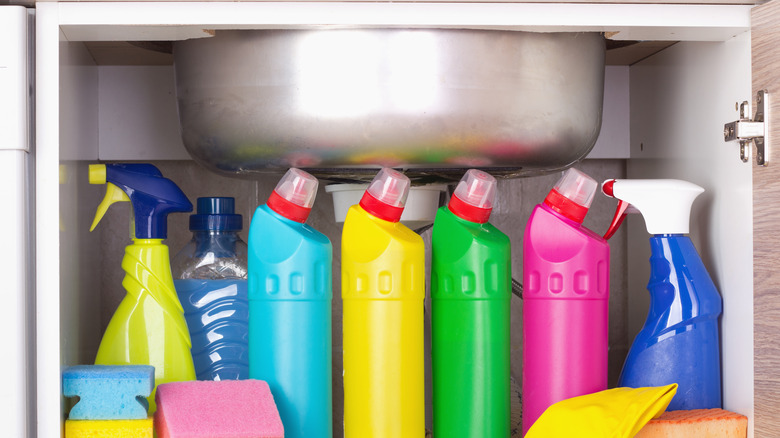If you've noticed that your kitchen sink is draining slowly or not at all, and your bathroom sink is experiencing the same issue, there's a good chance that the two are connected. This can be a frustrating problem to deal with, but fortunately, there are several solutions you can try before calling in a professional plumber. Clogged sinks are often caused by a buildup of debris, such as food particles, grease, hair, and soap scum. When these materials get trapped in your pipes, they can create a blockage and prevent water from flowing freely. This can be especially problematic when your kitchen sink and bathroom sink share the same drain, as the clog can affect both areas at once. If you're dealing with a clogged kitchen sink connected to a bathroom sink, here are some tips and tricks to help you fix the problem.1. How to Fix a Clogged Kitchen Sink Connected to a Bathroom Sink
As mentioned before, the most common cause of a clogged kitchen sink and bathroom sink is a buildup of debris in the pipes. However, there are other factors that can contribute to the issue. One common culprit is a faulty garbage disposal. If you have a garbage disposal installed in your kitchen sink, it's important to use it properly and avoid putting large or hard-to-grind items down the drain. Otherwise, these items can get stuck in the disposal and cause a clog in your pipes. In the bathroom sink, hair is often the main culprit. Over time, hair can accumulate in the drain and create a blockage. This is especially common if you have long hair or if you don't use a drain cover to catch hair before it goes down the drain. Pro tip: To avoid clogs in your kitchen sink and bathroom sink, be mindful of what you put down the drain and use drain covers to catch debris before it can cause a problem.2. Common Causes of a Clogged Kitchen Sink and Bathroom Sink
If you're dealing with a clogged kitchen sink connected to a bathroom sink, there are a few DIY solutions you can try before calling in a professional. One method is to use a plunger to try and dislodge the clog. First, make sure there is enough water in the sink to cover the plunger. Then, place the plunger over the drain and push down and pull up a few times to create suction. This can help loosen and remove the clog. Another option is to use a homemade drain cleaner. This can be made by mixing equal parts baking soda and vinegar and pouring it down the drain. Let it sit for about 30 minutes, then follow it with hot water. The chemical reaction between the baking soda and vinegar can help break down the clog. Pro tip: Regularly using a mixture of hot water, baking soda, and vinegar can help prevent clogs in your kitchen sink and bathroom sink.3. DIY Solutions for a Clogged Kitchen Sink and Bathroom Sink
If the DIY solutions don't work or if you'd rather not deal with the problem yourself, it's best to call in a professional plumber. They have the tools and expertise to effectively remove the clog and get your sinks draining properly again. A professional plumber can also identify any underlying issues that may be causing the clog, such as damaged pipes. This can help prevent future clogs and ensure that your plumbing system is functioning properly. Pro tip: If you're dealing with frequent clogs in your kitchen sink and bathroom sink, it may be a sign of a larger plumbing issue. It's best to have a professional take a look to prevent further damage.4. Professional Plumbing Services for a Clogged Kitchen Sink and Bathroom Sink
Prevention is always better than dealing with a clogged sink, and there are some simple steps you can take to keep your kitchen sink and bathroom sink from getting clogged in the first place. First and foremost, be mindful of what you put down the drain. Avoid putting food scraps, grease, and other debris down the kitchen sink, and use a drain cover in the bathroom sink to catch hair and other materials. Regularly clean your sink and drain. This can help remove any buildup before it can cause a clog. You can also pour boiling water down the drain once a week to help keep it clear. Pro tip: Consider installing a garbage disposal in your kitchen sink if you don't already have one. This can help prevent clogs by grinding up food particles before they have a chance to cause a problem.5. Tips for Preventing a Clogged Kitchen Sink and Bathroom Sink
If you prefer to use natural ingredients to unclog your kitchen sink and bathroom sink, there are a few options you can try. Baking soda and vinegar can be an effective combination. Mix equal parts baking soda and vinegar and pour it down the drain. Let it sit for about 30 minutes, then follow it with hot water. This can help break down the clog and remove it. You can also try using boiling water and salt. Pour a pot of boiling water down the drain, followed by half a cup of salt. Let it sit for a few minutes, then follow it with another pot of boiling water. The hot water can help dissolve the salt and loosen the clog. Pro tip: Using natural ingredients is a safer and more environmentally-friendly alternative to harsh chemical drain cleaners. Plus, they can be just as effective!6. How to Unclog a Kitchen Sink and Bathroom Sink Using Natural Ingredients
If you're not sure whether your kitchen sink and bathroom sink are connected, there are a few signs to look out for. Firstly, if you notice that both sinks are draining slowly or not at all, it's a good indication that they share the same drain. You may also notice gurgling sounds in one sink when the other is in use. Another sign is if you see water backing up in one sink when using the other. This is a clear indication that the two sinks are connected and that there is a blockage in the shared drain.7. Signs that Your Kitchen Sink and Bathroom Sink are Connected
If you're still unsure whether your kitchen sink and bathroom sink are connected, there are a few ways to check. You can try pouring water down one sink and seeing if it comes up in the other. Alternatively, you can remove the P-trap (the curved pipe under the sink) and see if there is a direct connection between the two drains. Pro tip: If you're uncomfortable with DIY plumbing tasks, it's best to leave it to the professionals to avoid causing damage to your pipes.8. How to Tell if Your Kitchen Sink and Bathroom Sink Share the Same Drain
Aside from clogs, there are a few other plumbing issues that can arise when your kitchen sink and bathroom sink are connected. One common issue is water backflow. This can occur when there is a blockage in the shared drain, causing water to back up into the other sink or even into the bathtub or shower. You may also experience slow drainage or standing water in the sink. This can be caused by a clog or a faulty drain pipe. Pro tip: It's important to address these issues promptly to prevent further damage to your plumbing system.9. Common Plumbing Issues with Connected Kitchen and Bathroom Sinks
The best way to avoid dealing with a clogged kitchen sink connected to a bathroom sink is to properly maintain your sinks and drains. Regularly clean out your sink and drain. This can help prevent the buildup of debris and keep your drains clear. Be mindful of what you put down the drain. Avoid putting large or hard-to-grind items down the garbage disposal, and use a drain cover in the bathroom sink to catch hair and other materials. Pro tip: Regularly scheduling professional drain cleaning services can help keep your kitchen sink and bathroom sink in top condition and prevent clogs from occurring.10. How to Properly Maintain Your Kitchen Sink and Bathroom Sink to Avoid Clogs
The Importance of Properly Connecting Your Kitchen and Bathroom Sinks

When it comes to designing a functional and efficient house, the kitchen and bathroom are two of the most important rooms to consider. These spaces are used every day for a variety of tasks, and having them connected in the right way can make a world of difference. One of the most common issues that homeowners face is a clogged kitchen sink that is connected to the bathroom sink. Not only can this be frustrating, but it can also lead to bigger problems if not addressed properly. In this article, we will discuss the importance of properly connecting your kitchen and bathroom sinks and some tips for avoiding clogs.
The Connection Between Your Kitchen and Bathroom Sinks

Many homes have their kitchen and bathroom sinks connected through a shared drainage system. This means that anything that goes down one sink can potentially end up in the other sink. While this may seem like a convenient and cost-effective solution, it can also lead to clogs and other plumbing issues. For example, if you pour grease or oil down your kitchen sink, it can solidify and cause a blockage in the shared pipe, which can then back up into your bathroom sink. This can also happen with food scraps, hair, and other debris.
The Dangers of Clogged Sinks

A clogged sink is more than just an inconvenience – it can also pose serious health and safety hazards. Standing water can become a breeding ground for bacteria and mold, which can lead to respiratory issues and other health problems. Additionally, a clogged sink can cause water to flow back up into your sinks and potentially flood your kitchen and bathroom. This can result in costly repairs and damage to your home.
Tips for Avoiding Clogs

Thankfully, there are some simple steps you can take to avoid clogged sinks and keep your drainage system running smoothly. First and foremost, avoid pouring any grease, oil, or food scraps down your kitchen sink. Instead, dispose of these items in the trash or compost. You should also invest in a drain strainer to catch any larger debris before it goes down the drain. Regularly cleaning your sinks and pipes with a mixture of baking soda and vinegar can also help prevent clogs.
In conclusion, the connection between your kitchen and bathroom sinks is an important aspect of house design that should not be overlooked. Properly connecting these two areas can help prevent clogs and keep your home running smoothly. By following these tips and taking preventative measures, you can ensure that your sinks stay clear and your plumbing system stays healthy.





/how-to-unclog-a-kitchen-sink-2718799_sketch_FINAL-8c5caa805a69493ab22dfb537c72a1b7.png)



















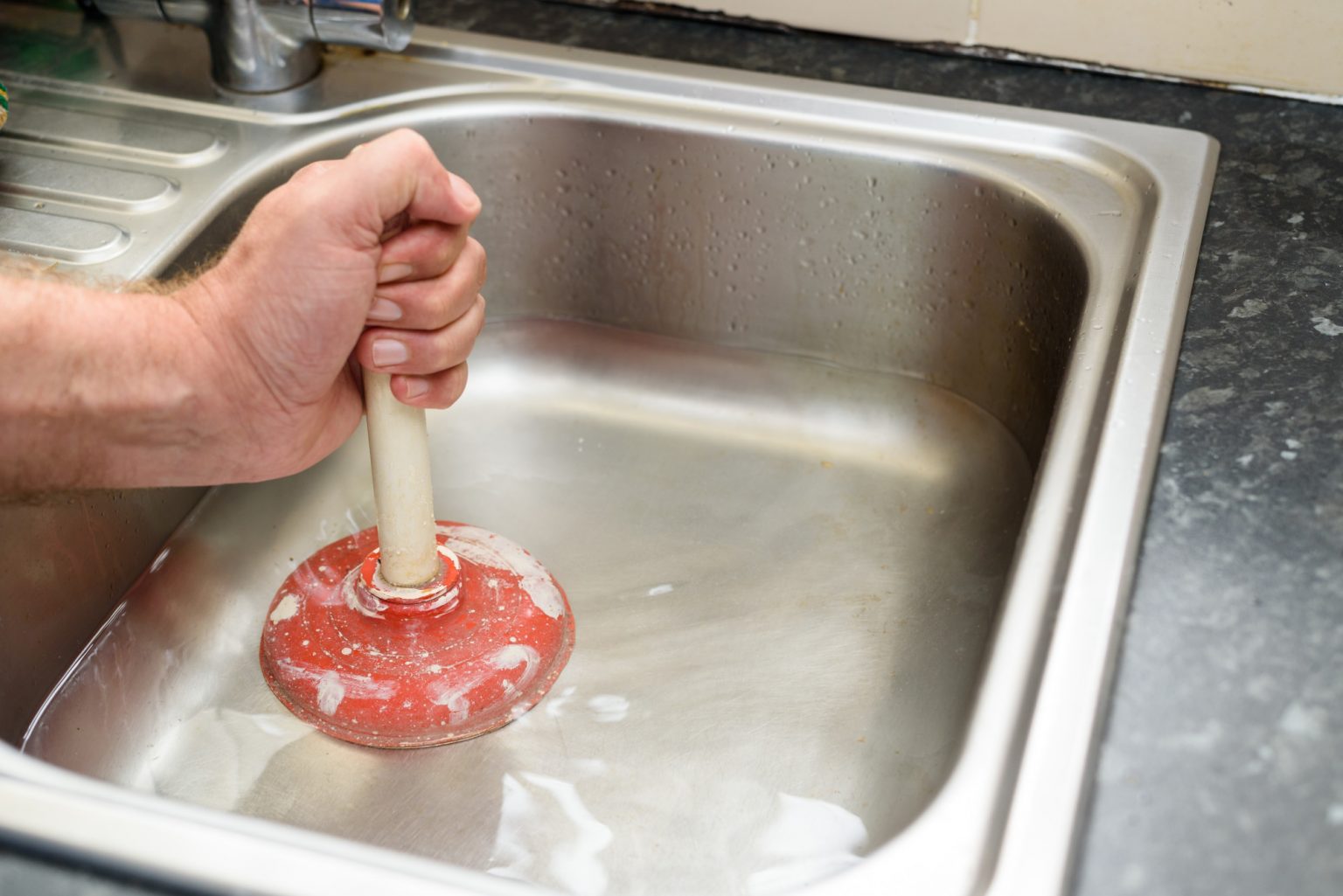










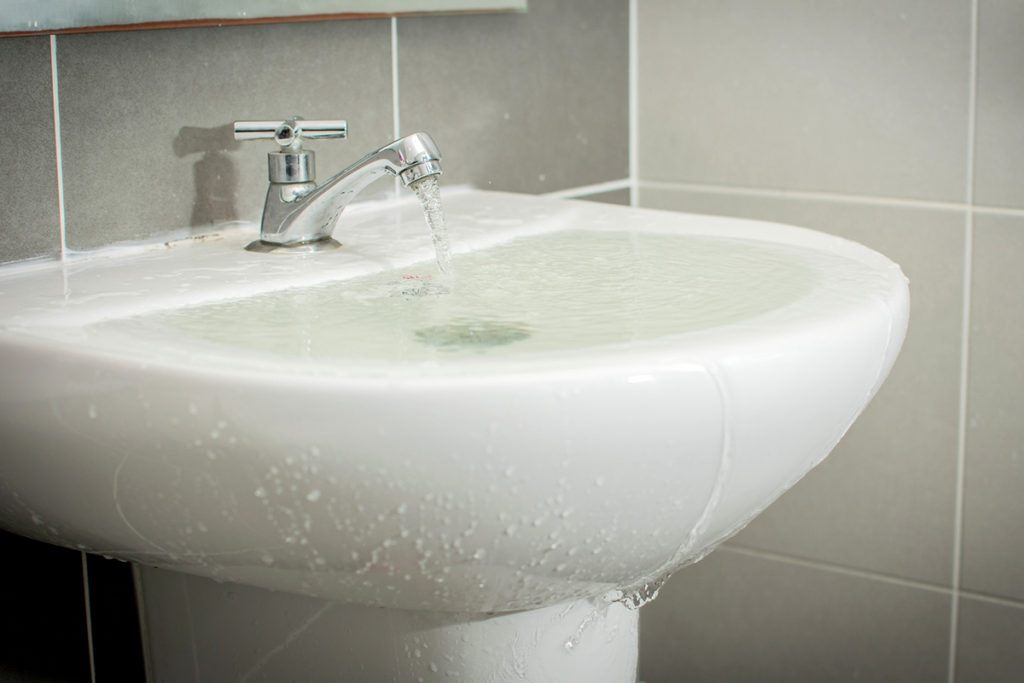

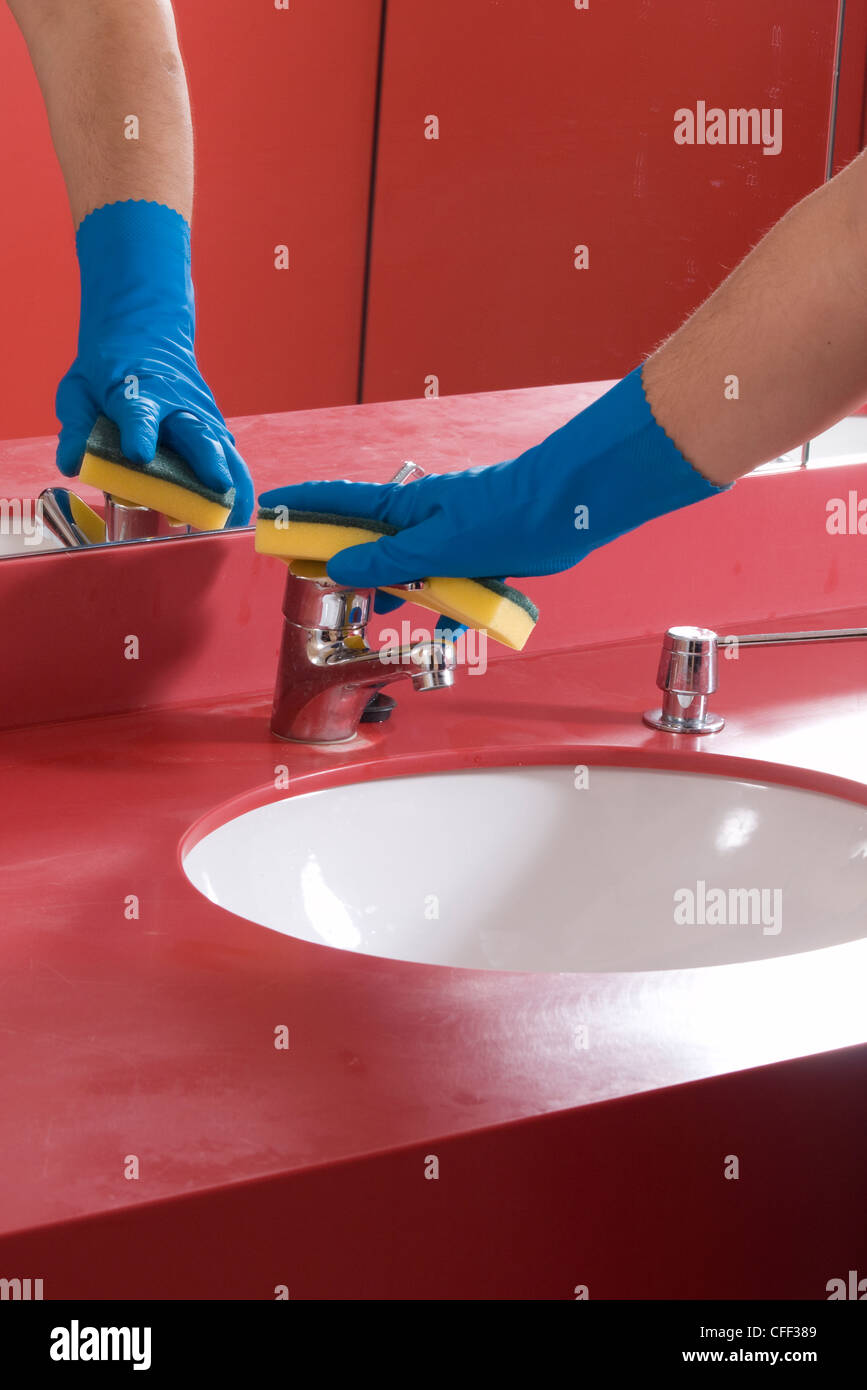






































/how-to-install-a-sink-drain-2718789-hero-24e898006ed94c9593a2a268b57989a3.jpg)

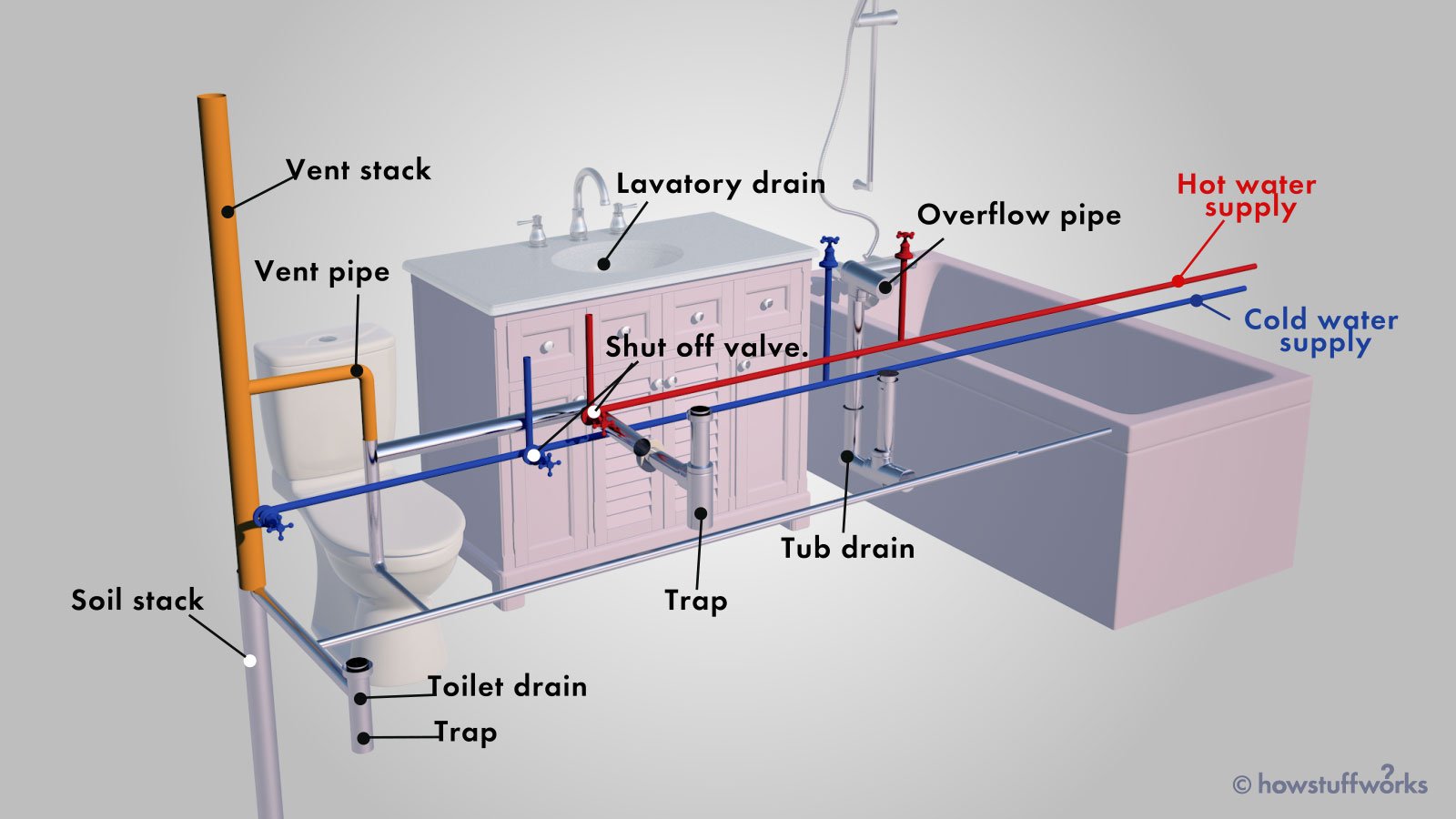



:max_bytes(150000):strip_icc()/Basic-kitchen-sink-types-1821207_color_rev-0b539306b9ef4236a136624ad2a89a4c.jpg)
